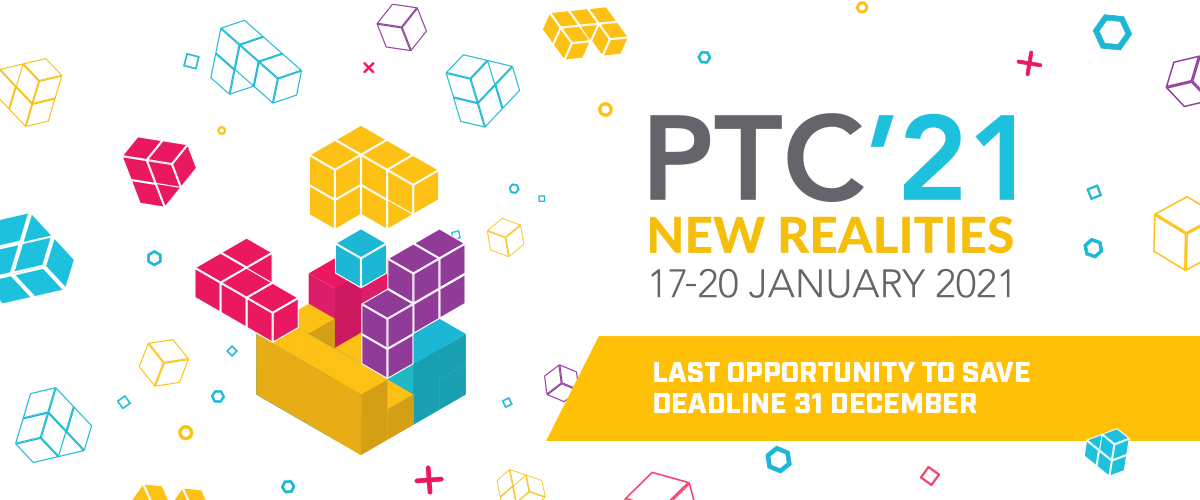Virtually everyone believes that broadband--enabling access to e-commerce, better weather information and precision agriculture using internet of things sensors and analytics--will boost agricultural productivity. A new study by the Federal Communications Commission supports the thesis.
Precision agriculture using internet of things sensors and analytics, as well as e-commerce enabled by broadband internet access might be responsible for higher U.S. farmer crop yields, researcher Katherine LoPiccalo finds. “Corn, cotton, hay, soybeans and wheat yields are all positively and significantly correlated with increased 25+/3+ broadband penetration rates,” LoPiccalo says.
“A one-percent increase in the number of 10+/0.768+ connections per 1,000 households is associated with an approximately 6.5 percent decline in fertilizer expenses per operation and a 3.4 percent decrease in seed and plants expenses per operation,” she notes.
An analysis of farm yields and broadband finds that a one-percent increase in the number of 25 Mbps/3 Mbps or better broadband connections per 1,000 households is associated with a 3.6 percent increase in corn yields, as measured in bushels per acre, the Federal Communications Commission’s Office of Economics and Analytics finds.
It is not possible to conclusively prove whether e-commerce or IoT are responsible for the improvements. It seems logical enough that e-commerce leads to loweri input or other supply costs, in part because farmers are able to comparison shop and therefore buy inputs at lower prices.
As always, correlation is not necessarily causation, but LoPiccalo suggests some logical ways correlation might be causation, and “may influence farm outcomes.” In addition to e-commerce that might “impact farm profitability by directly lowering input or other supply costs,”
An improved bargaining position might include the ability to negotiate with their traditional suppliers for better prices, as farmers are no longer locked into offered rates from the local farm store or co-operative,” she says.
“A more salient mechanism derives from the use of Internet connectivity to extract real time, accurate data on crop yields, soil moisture levels, plant health, and equipment conditions,” a direct result of the use of internet of things sensors and analytics.







































 914 Coolidge Street
914 Coolidge Street

